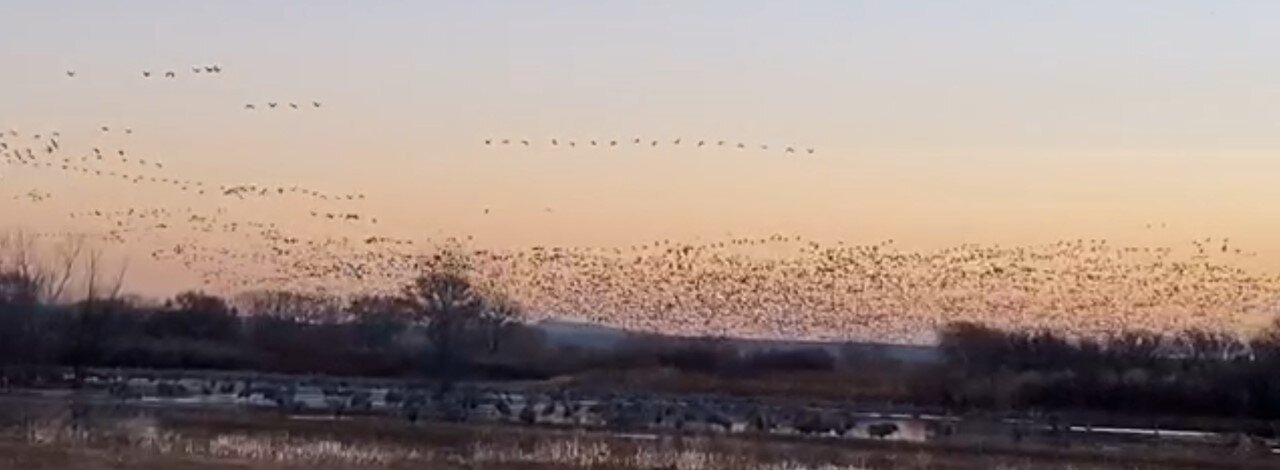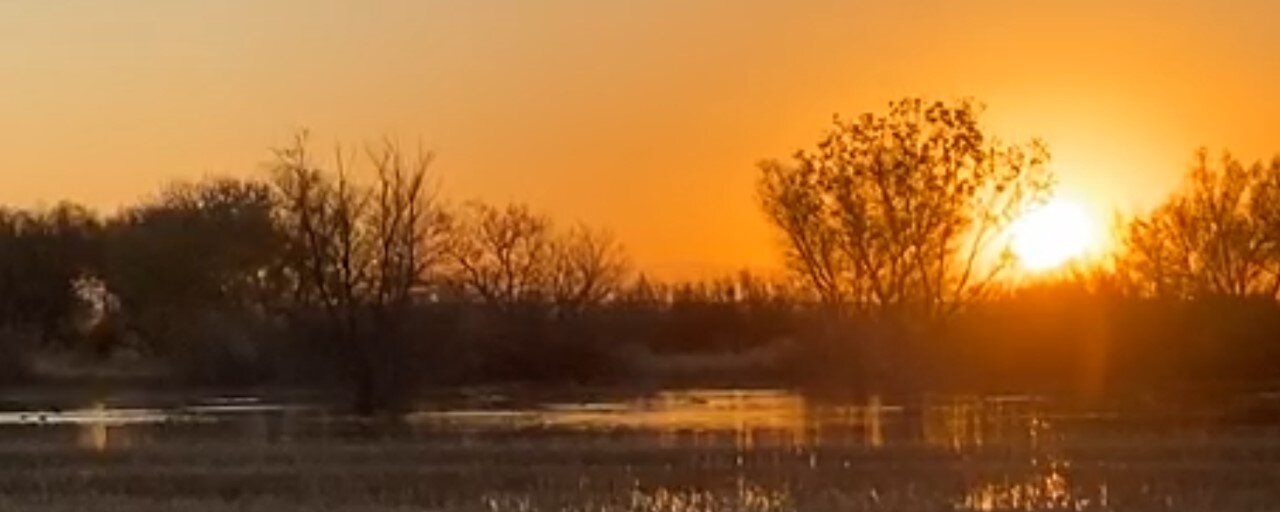Gleanings of the Week Ending November 21, 2020
/The items below were ‘the cream’ of the articles and websites I found this past week. Click on the light green text to look at the article.
Photography In The National Parks: The Redwood Forests Are Made For Vertical Shots – Botany (redwoods), photography (including two short videos), natural places…a great way to start the day or boost my mood any time.
Tarantulas: Color, Cancer and Cramps – I remember a tarantula on the sliding glass door of our house in Wichita Falls, TX when I was in my early teens…at eye level. Fortunately, it was on the outside and I was inside. It was about the side of the palm of my hand. This article talks about research on tarantulas; they are probably more interesting than scary!
The cheap pen that changed writing forever - BBC Future – A little history for the week. The ballpoint pen was unveiled on October 29, 1945 in the US. However – the first patent for a ballpoint pen was back in 1888. Laszlo Biro developed a practical ball point pen by perfecting the ink (different than ink used in fountain pens) and got a patent in 1938 in Britain but World War II came along, and he fled to Argentina. His pen was released in Argentina in 1943, but the pen was little-known outside of South America. Find out more from the article.
Biophilic Cities For An Urban Century – During the pandemic, I have appreciated where I live for its proximity to nature; I live at the edge of a forest and the 30 year old development has larger trees in the yards too. Turning our cities from gray to green would be different but there are reasons to make the choice to do it. The authors consider urban economics, environmental health, and ecology…and propose that going forward that we should actively design for biophilic cities. If cities were more like the first picture in this article (and all those cars below were electric) – they would be much more pleasant places to live!
Top 25 birds of the week: Wild Birds! – Can’t resist….I always enjoy the collection of bird photos every week…so include it in the gleanings list.
Slideshow: How Ecologists Study the World’s Apex Predators – Projects from around the world studying the impact of predators…using a variety of techniques.
New solar panel design could lead to wider use of renewable energy: Designing solar panels in checkerboard lines increases their ability to absorb light by 125%, a new study says -- ScienceDaily and Solar Panels + Agriculture: You Ain’t Seen Nothing Yet – Two articles about solar panels….we’ve seen more of them in the past few years…there are a lot of indicators that it’s only the beginning of the upward trend gaining momentum.
The Craters on Earth – They mapped 200 sites – high resolution topographic maps and satellite images…geological descriptions and photographs…details of each impact event. I followed the links and found that publication is available for pre-order here; the page provides the table of contents and additional sample images.
How Cowbirds raise their young, without raising their young – We had a group of cowbirds at our feeder one day this week. They seemed to be moving through rather than staying. There were some last spring as well, but I didn’t notice any cowbird chicks coming to the feeder like I have in previous years.
Plastic-eating enzyme 'cocktail' heralds new hope for plastic waste -- ScienceDaily – It appears that we are getting closer to a cost effective was to endlessly recycle plastic – which would dramatically reduce the need to produce plastic from fossil fuels. It’s also a good example of the benefit of collaborative research – international…multiple specialties…sophisticated (and rare) equipment.
Unique Activities for Yesterday:
Bosque del Apache Sandhill Cranes. We are enjoying the Bosque del Apache Crane Fiesta. It started out with a live video of the morning fly-out of the cranes. The recording is now available on the Facebook page of the refuge….remember to turn on your speakers to listen to the birds and enjoy the sunrise (it starts out before sunrise and runs for more than an hour)!
We’ve been to the area twice in November for the Festival of the Cranes and we always enjoy photographing the cranes (and snow geese) each morning. I simulated it by taking screen snaps as I watched the live video. Enjoy my little slideshow…but watch the video from the refuge’s Facebook to get the full effect!







































